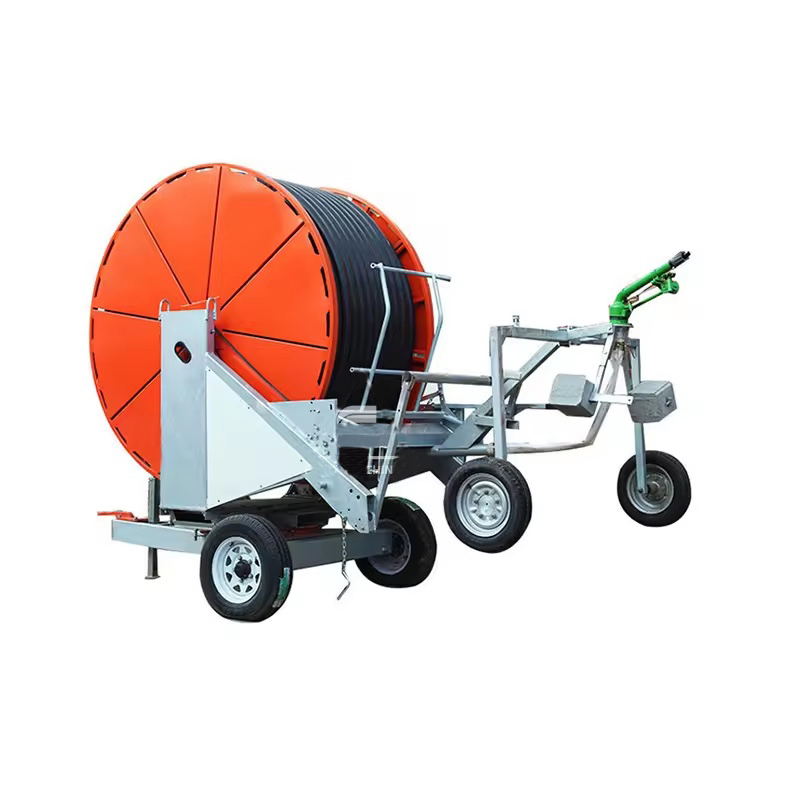There isn’t a single “best” flexible hose for irrigation as different materials and features excel in certain areas. Here’s a breakdown of the most common flexible hoses used in irrigation to help you choose the one that best suits your needs:
- Rubber Hose
-
Pros:
- Very durable and can withstand extreme temperatures (-40°F to 200°F)
- Highly flexible and easy to maneuver around plants and obstacles
- Resistant to punctures and abrasions
-
Cons:
- Most expensive option among the three
- Heavy, which can make it difficult to handle long lengths
- Can deteriorate over time if exposed to sunlight for extended periods
- Vinyl Hose
-
Pros:
- Affordable
- Lightweight and easy to handle
- Moderately flexible and kink-resistant
-
Cons:
- Less durable than rubber hoses and can crack or become brittle over time, especially if exposed to sunlight
- Not suitable for extreme temperatures (can melt at high temperatures and stiffen at low temperatures)
- Expandable Hose
-
Pros:
- Very lightweight and compact when stored
- Expands significantly when water is turned on, making it easy to reach wider areas
- Typically kink-resistant
-
Cons:
- Generally less durable than rubber or vinyl hoses and more prone to punctures or tears
- May not expand or contract evenly, leading to uneven watering
- Not suitable for high-pressure applications
Here are some additional factors to consider when choosing a flexible hose for irrigation:
- Length: Choose a hose that is long enough to reach all of the areas you need to water.
- Diameter: The diameter of the hose will affect the flow rate of the water. A larger diameter hose will provide a faster flow rate.
- Water pressure: Make sure the hose is rated for the water pressure you will be using.
- Warranty: Consider the warranty offered by the manufacturer.
By considering all of these factors, you can choose the right flexible hose for your irrigation needs.




